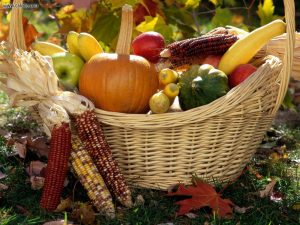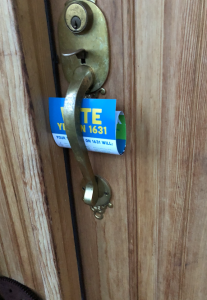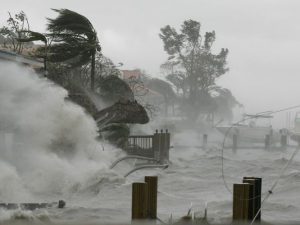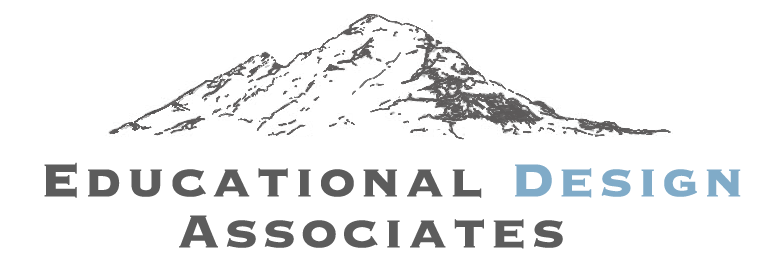 After extensive work canvassing for Washington’s Initiative 1631, the carbon reduction legislation that is now being voted upon, I have retreated to a tiny cabin in the islands to regroup and reconnoiter.
After extensive work canvassing for Washington’s Initiative 1631, the carbon reduction legislation that is now being voted upon, I have retreated to a tiny cabin in the islands to regroup and reconnoiter.
It’s Halloween. Originally called Samhain, today is the ancient Celtic holiday marking the midpoint between the Autumnal Equinox and the Winter Solstice. This is the time for harvest, which I celebrated this morning by bringing in the last of the winter squash and green tomatoes, which are unlikely to ripen in these cool grey days. This is also the time to anticipate the long cold winter nights ahead. Today, I honored that purpose by hauling a barrow-load of dry fir up to the woodshed from where I had dropped and bucked the tree some months back. And this is the time for honoring the passing of the dead; I’ve not lost anyone particularly close to me in recent seasons, but I feel the loss of people who were prominent in the community, such as the activist Bill Distler and the musician Lucas Hicks, both powerful and positive spirits. Then there is the vulnerability, the recognition of our continual proximity to death, that lurks within my 93-year old aunt’s senescence, and my 86-year old mother in law’s ebbing power and presence, along with my sister’s breast cancer. The humility and humanity that are engendered by illness and infirmary loom large at this time of year, as the forces of life retreat and settle in.
 All these autumnal patterns – harvest, preparing for winter, and honoring the dead – are timeworn, embossed into our psyches through countless generations. We are forever enmeshed in the turning cogs of natural cycles. Birth, life, death, rebirth, on and on we dance this original dance.
All these autumnal patterns – harvest, preparing for winter, and honoring the dead – are timeworn, embossed into our psyches through countless generations. We are forever enmeshed in the turning cogs of natural cycles. Birth, life, death, rebirth, on and on we dance this original dance.
What stories told around ancient cookfires, though, ever anticipated the cataclysm humanity has now birthed, that may potentially truncate the very cycles of the seasons?
 In recent weeks I have visited hundreds of homes, places of residence whose occupants are unknown to me. This exposure to varied life-paths has been illuminating. To apply a mythic lens to this activity, this ritual of going door-to-door beseeching citizens to take action, could be likened to that of the Grim Reaper. There I am, exhorting people to repent their carbon-sinning ways or face the wrath of an ecosystem unleashed from its natural constraints. Redemption is yet possible, we think and hope, but depends upon actions contrary to our comfortable norms. Indeed, I suspect some people dismissed my message as the ravings of an apocalyptic lunatic. It’s easier to isolate the informant than to reflect upon, or even accept, information that might demand a change of one’s habits.
In recent weeks I have visited hundreds of homes, places of residence whose occupants are unknown to me. This exposure to varied life-paths has been illuminating. To apply a mythic lens to this activity, this ritual of going door-to-door beseeching citizens to take action, could be likened to that of the Grim Reaper. There I am, exhorting people to repent their carbon-sinning ways or face the wrath of an ecosystem unleashed from its natural constraints. Redemption is yet possible, we think and hope, but depends upon actions contrary to our comfortable norms. Indeed, I suspect some people dismissed my message as the ravings of an apocalyptic lunatic. It’s easier to isolate the informant than to reflect upon, or even accept, information that might demand a change of one’s habits.
 The irony is not lost on me – as I pass the made-in-China displays of moulded ghouls and tombstones, the stretched out polyester of simulated spider webs, the plastic skeletons planted amongst manicured hedges – of how intimately we are flirting with the horrors of death.
The irony is not lost on me – as I pass the made-in-China displays of moulded ghouls and tombstones, the stretched out polyester of simulated spider webs, the plastic skeletons planted amongst manicured hedges – of how intimately we are flirting with the horrors of death.
Not the spooky simulated horror of these Target artifacts, but the authentic horror of Pacific Island Indigenous communities becoming forever submerged. The poignant horror of polar bears whose habitat simply melts away so that we can continue driving our cars everywhere. The torrential horror of towns shredded by gale-force winds fed by the warmth resulting from our addiction to air travel. The diasporic horror of people leaving regions where food can no longer grow, to arrive unwelcome in richer regions.
 This is the profile view of our unchecked climate crisis. I feel that we have to look open-eyed at these realities in order to take realistic action. Yet, however gruesome the view, I remain optimistic. Not only do I know, as a lifelong educator, that human change is possible, but I believe that at our core, most humans are good. Confronting the situation we have created is a start; avoiding facing the consequences of our actions is the first hurdle to overcome.
This is the profile view of our unchecked climate crisis. I feel that we have to look open-eyed at these realities in order to take realistic action. Yet, however gruesome the view, I remain optimistic. Not only do I know, as a lifelong educator, that human change is possible, but I believe that at our core, most humans are good. Confronting the situation we have created is a start; avoiding facing the consequences of our actions is the first hurdle to overcome.
Part of what fills my time during this pause in my climate activism is preparation for a Wilderness First Responder recertification test. And herein – again, amidst visages of blood and bone, and proximity to death – lies an empowering metaphor.
 When we encounter another human with a serious injury, we experience a range of strong emotional responses. Our mirror neurons trigger our own pain and vulnerability, often coupled with a human desire to help in some way. But a fear response is almost universal: “What now? What if this person dies? What if I try to help and inadvertently make the situation worse?”
When we encounter another human with a serious injury, we experience a range of strong emotional responses. Our mirror neurons trigger our own pain and vulnerability, often coupled with a human desire to help in some way. But a fear response is almost universal: “What now? What if this person dies? What if I try to help and inadvertently make the situation worse?”
The avoidance of an injury scenario due to fear is simple and appealing – but corrosive. The positive alternative is to accept that injuries happen, that there are learnable treatments, and that positive action elevates both the patient’s prognosis and the morale of the responder. But it is scary! Even experienced caregivers regularly deal with their own fear response.
 Yet as with preparation for winter and encountering an accident scene, our planet needs us to consider the future. Deepening our understanding, facing our fears, and taking positive steps are all within our capacity. Good feelings arise when we act. And these actions demonstrate our ability to address the rebirth of the world.
Yet as with preparation for winter and encountering an accident scene, our planet needs us to consider the future. Deepening our understanding, facing our fears, and taking positive steps are all within our capacity. Good feelings arise when we act. And these actions demonstrate our ability to address the rebirth of the world.
What positive actions are elevating you at this tumultuous time?

“…but the authentic horror of Pacific Island Indigenous communities becoming forever submerged”
I am afraid Indonesia will be submerged too eventually due to the climate crisis.